TomTom Multi-Sport Cardio: hands-on review
We see if TomTom's new heart rate monitoring sports watches get the pulse racing
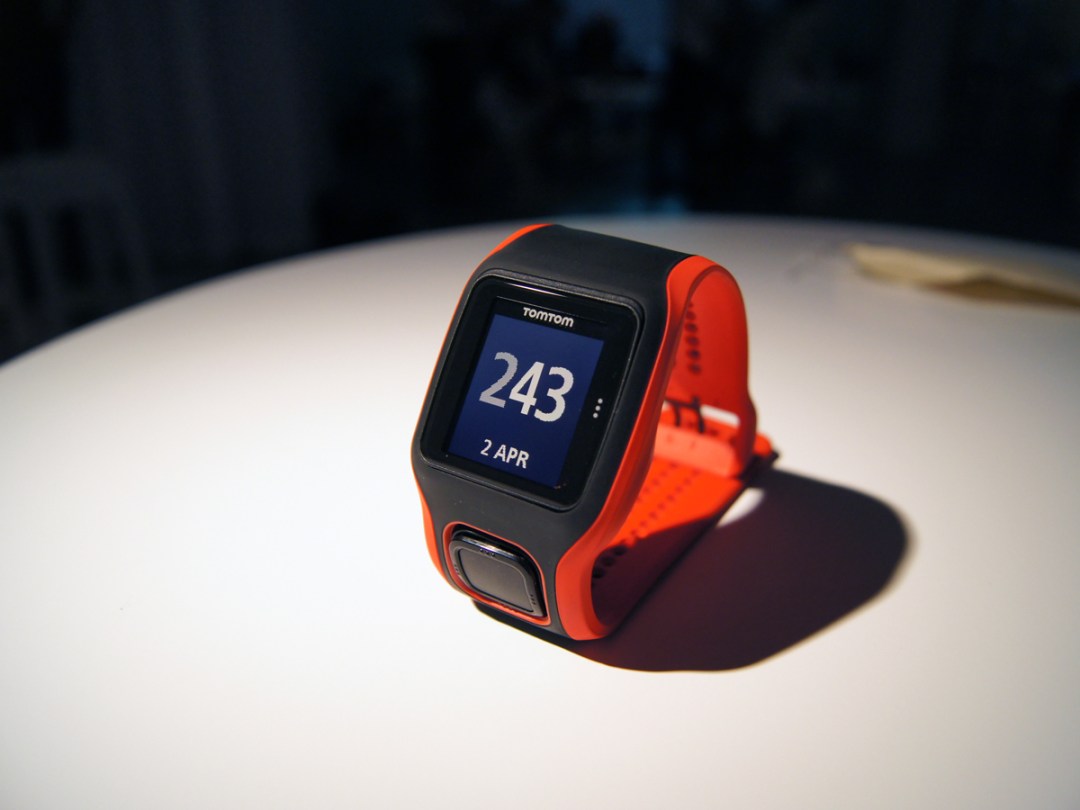
It seems that last year’s Runner and Multi-Sport watches were more than a passing fad for sat-nav wrangler TomTom – because now there are two new, more advanced models in the range.
The Runner Cardio and Multi-Sport Cardio are very similar to their forebears, but with one key addition – built-in heart rate monitoring. We immediately got up close and personal to see if the Multi-Sport Cardio could get our pulse racing.
Familiarity breeds contentment
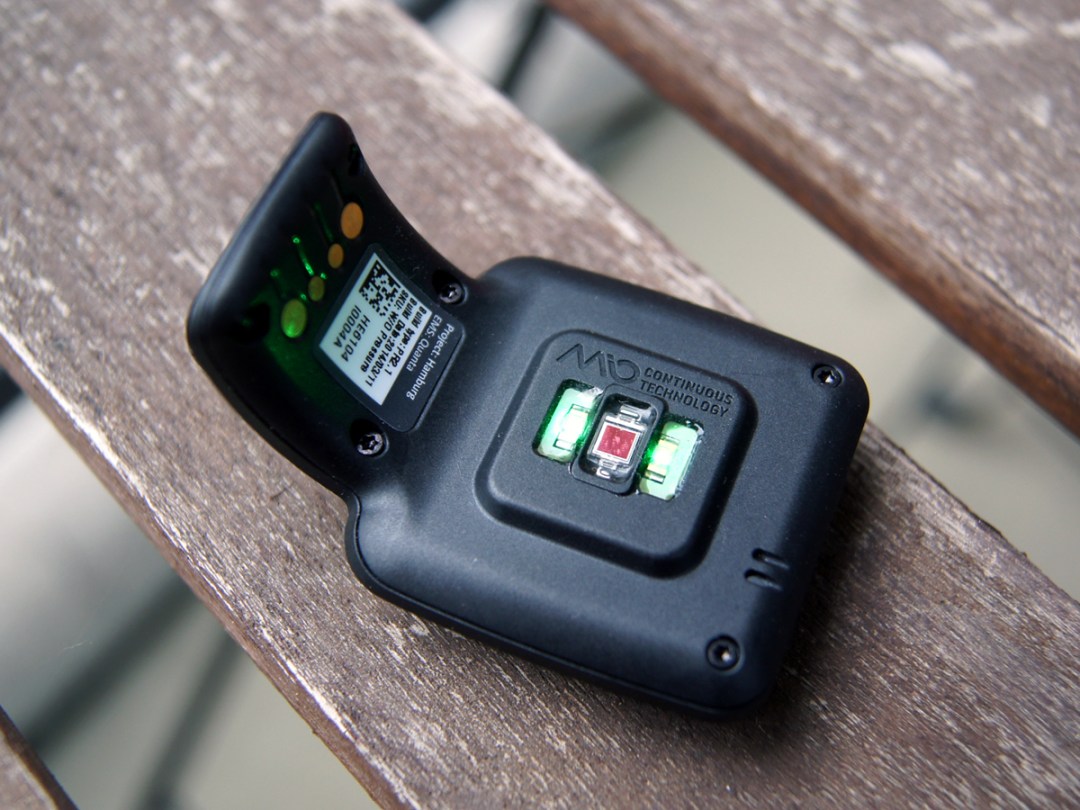

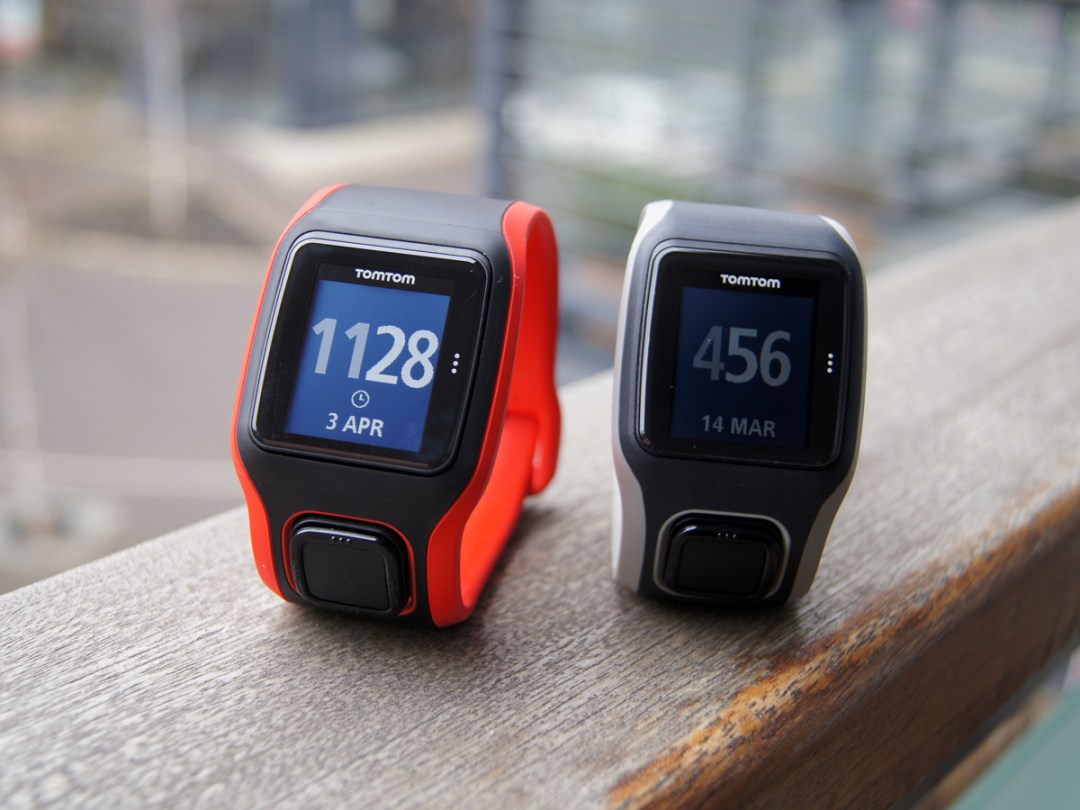
There’s very little difference in the styling of the new models over the last, but that’s no bad thing. In fact, detach the units from their straps and only the protruding LED sensor unit on the underside marks this out as being a new model.
The strap has altered a little more, most obviously in the colours – white and red for the Runner Cardio, black and red for the Multi-Sport version. But fitting has changed slightly as well, in that the sizing holes are now closer together and there’s a clip at the end of the strap to ensure it stays tight.
The heart of the matter
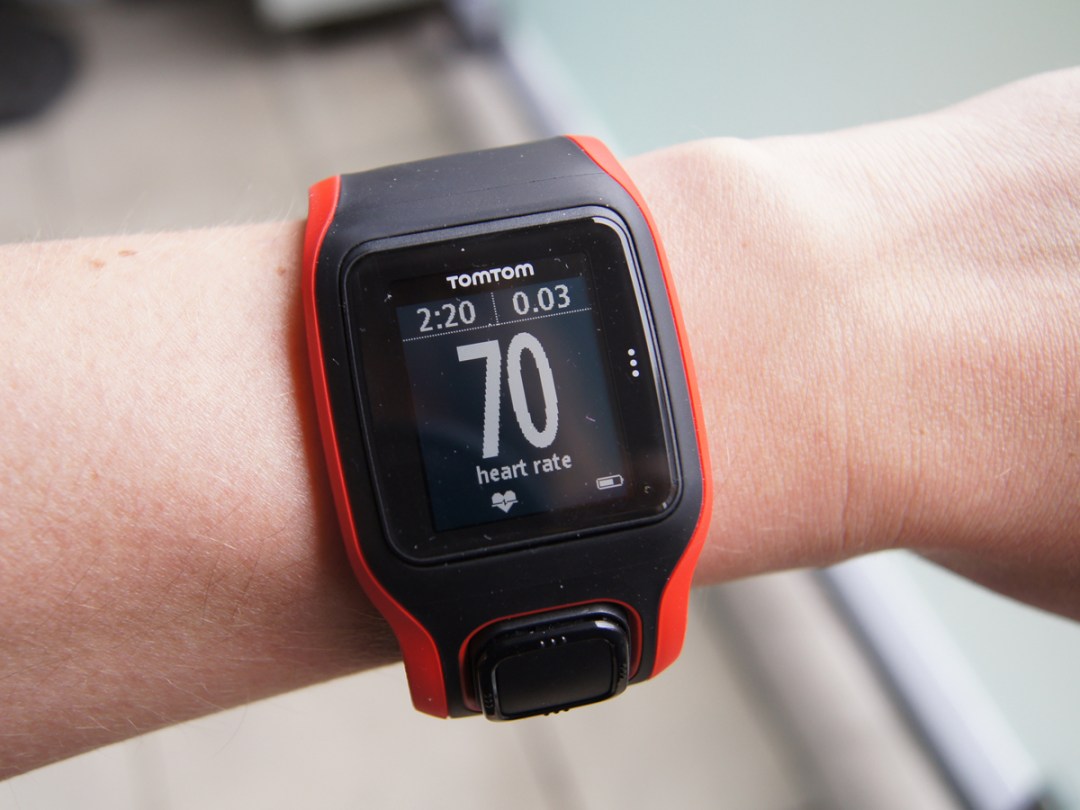
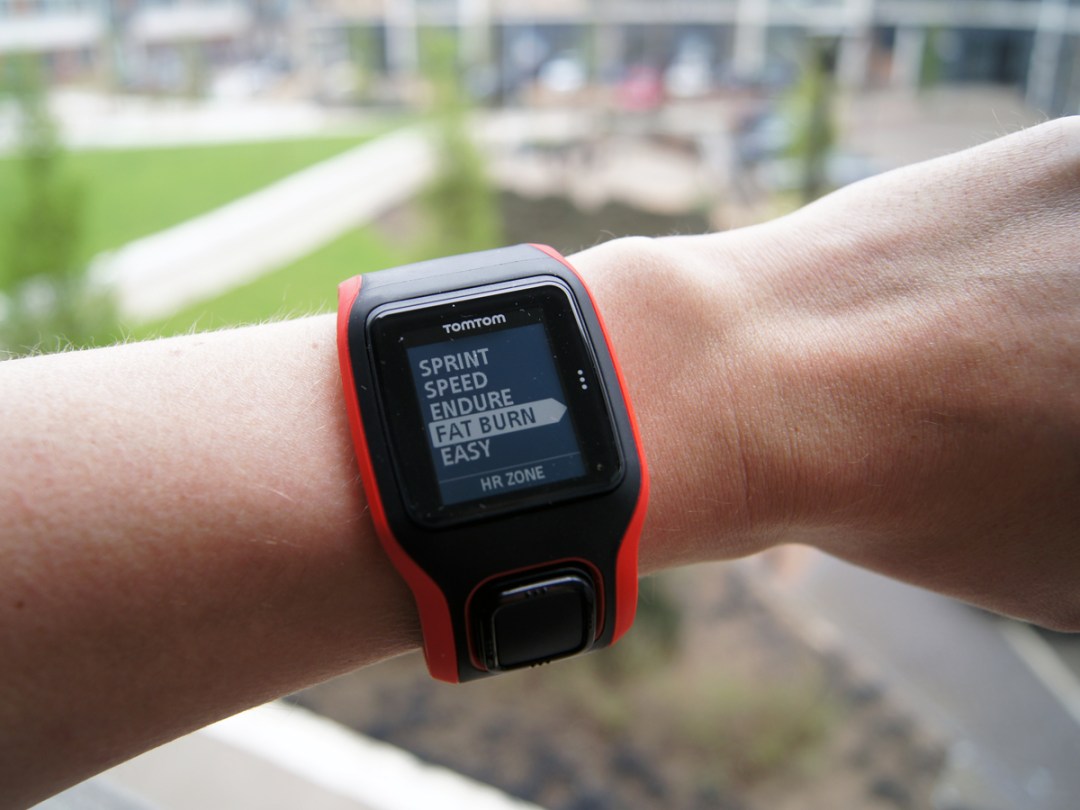
The changes to the strap have been made because maintaining a tight fit is crucial to getting an accurate reading from the heart rate sensor on the underside of the watch. And accurate it certainly seems to be – we saw a paramedic take a journalist’s heart rate with a medical ECG and get results practically identical to the watch he was wearing at the time.
Built-in heart monitoring has opened the door for TomTom to build in much more effective tracking and training, so you can now see when you’re in the Sprint, Speed, Endurance, Fat Burn or Easy zones and specify a session that keeps you in whichever you prefer. The watch then alerts you when your heart rate drifts outside the zone so you can speed up or slow down accordingly.
The good stuff stays
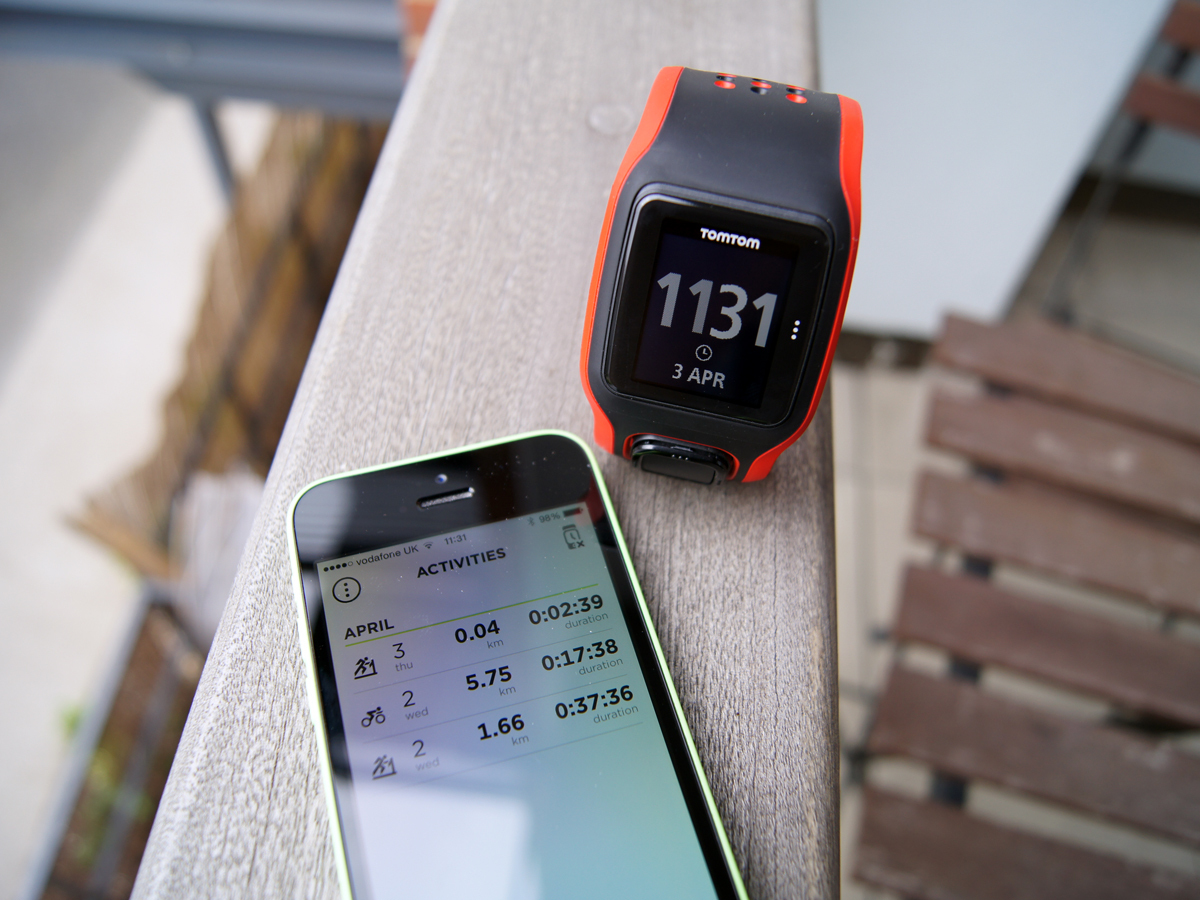
The original Runner and Multi-Sport were already pretty fully featured fitness watches, and the new models obviously get all of that good stuff.
That includes automatic synching to your phone via Bluetooth, a nice graphical feature so you can race against your previous times, and indoor as well as outdoor tracking. And if you buy the Multi-Sport version you also get swim and cycle tracking, the latter enhanced by a bundled handlebar mount and optional cadence sensor. It really is quite the all-round package.
TomTom Cardio: Initial Verdict
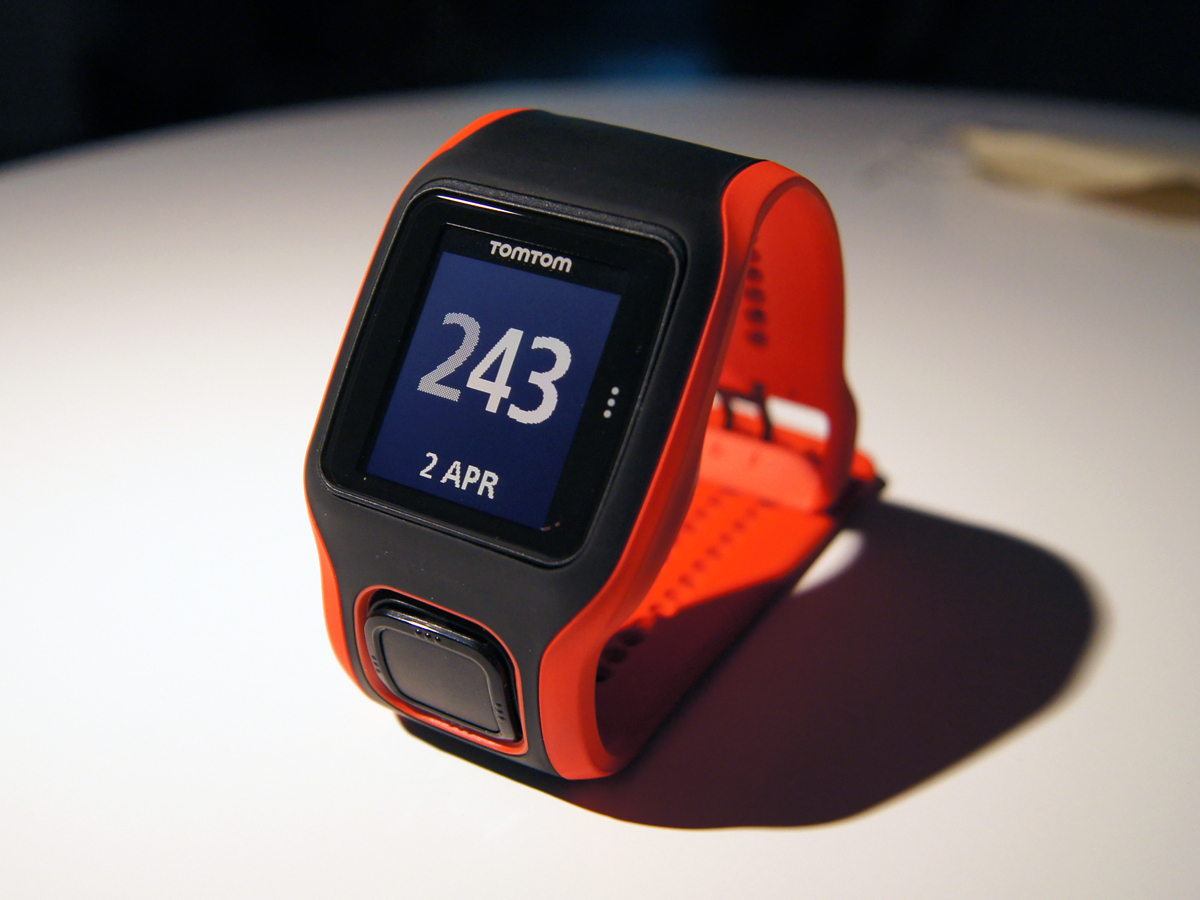
The original TomTom Runner and Multi-Sport were already among the most advanced sports watches around, and the added heart rate sensor opens up the opportunity for far better focused training and analysis.
There are some concerns that need addressing, though. One of the best things about the original models is the battery life – you could get over a week out of them on an average person’s training regime – and if adding a heart rate monitor means constant charges (as it does with the fancy but flawed Adidas MiCoach Smart Run) it’s going to be a problem.
The old models also often struggle to quickly locate a satellite when you start a run, and our brief time with the Multi-Sport Cardio suggests this hasn’t been entirely remedied – 30secs might not sound a long time, but when you’re standing in the rain eager to get running it can feel like a lifetime.
It’s also well worth pointing out that the Cardio versions of each watch cost a hefty £100 more than the originals – so £250 for the Runner Cardio and £280 for the Multi-Sport Cardio. Worth it? You’ll have to wait just a few more days for our full review to find out. If you can’t wait you can pre-order both flavours of watch from the TomTom website now.



